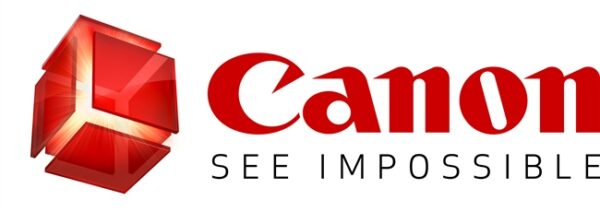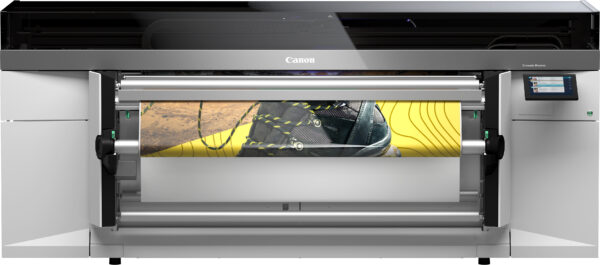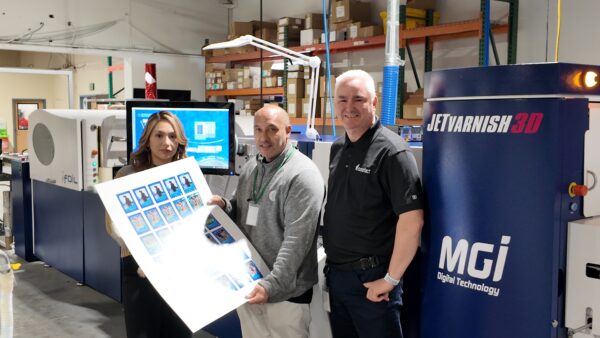A fusion of collective trends and individual vision define the direction of the imaging and business technology industry.
We observed several common threads among the Big Six regarding their future global strategies. However, each is forging its own path in accordance with its respective strengths, R&D, and business perspectives. Beginning with our visit with Konica Minolta and progressing through Canon, Ricoh, Toshiba, Sharp, and Kyocera, the following are the key takeaways from each visit.
Konica Minolta
Konica Minolta maintains an aggressive global posture, especially in Europe, the U.S., and Japan. The company plans to leverage the MFP for data collection and analysis and to innovate with new technologies such as Workplace Hub. Konica Minolta will continue to aggressively acquire to help drive that innovation.
Canon
Canon remains a strong global brand. An industry leader in R&D, the company will diversify its business beyond imaging. For example, we have seen the company leverage its camera sensor technology for satellites, and based on our discussions, we believe we will soon see Canon leverage that technology for robotics.
Ricoh
Ricoh has been extremely successful in Japan, mainly due to acquisitions, including Infocom. The Hitachi acquisition in 2004 provided Ricoh excellent positioning in production print. Ricoh’s challenge is replicating its domestic success overseas. The company has been challenged by recent financial issues but plans to achieve financial stability by focusing on its strengths, notably core imaging technology. Ricoh will deploy this technology to meet its mission of empowering digital offices, including reinventing the conference room experience to better align with a mobile and global workforce, and leveraging the data flowing in and out of the MFP via connection to the cloud.
Toshiba TEC
Toshiba TEC is a profitable company whose strength lies in its success across retail in Japan. This was one of the primary motivations behind Toshiba’s acquisition of IBM’s barcode business in 2012. The company is committed to improving current MFP technologies and perhaps placing increased emphasis on digital signage. The MFP remains a key element of the company’s future, as it will continue to develop new MFPs with solution enhancements encompassing device management, document filing, and services.
Sharp
Thanks to an influx of capital from Foxconn, Sharp will continue to upgrade its existing product line, while expressively focusing on the “Smart Office” as well as smarter MFPs, including A4. The company does not plan to invest in the production or industrial print segments because the company believes there is not a sufficient ROI to warrant it.
Kyocera
Kyocera has become more aggressive in the scope of its products and technology. It has made a strong commitment to inkjet technology with its rollout of the TASKalfa Pro 15000c and is positioned to follow this endeavor with A3 and A4 inkjet MFPs. Kyocera will continue to leverage solutions such as ECM, driven by acquisitions in the ECM space such as DataBank in the U.S. and Ceyoniq Holding GmbH in Germany.
We invite you to delve into more detail, company by company, distilled from key Japanese industry executives, in the following stories:



